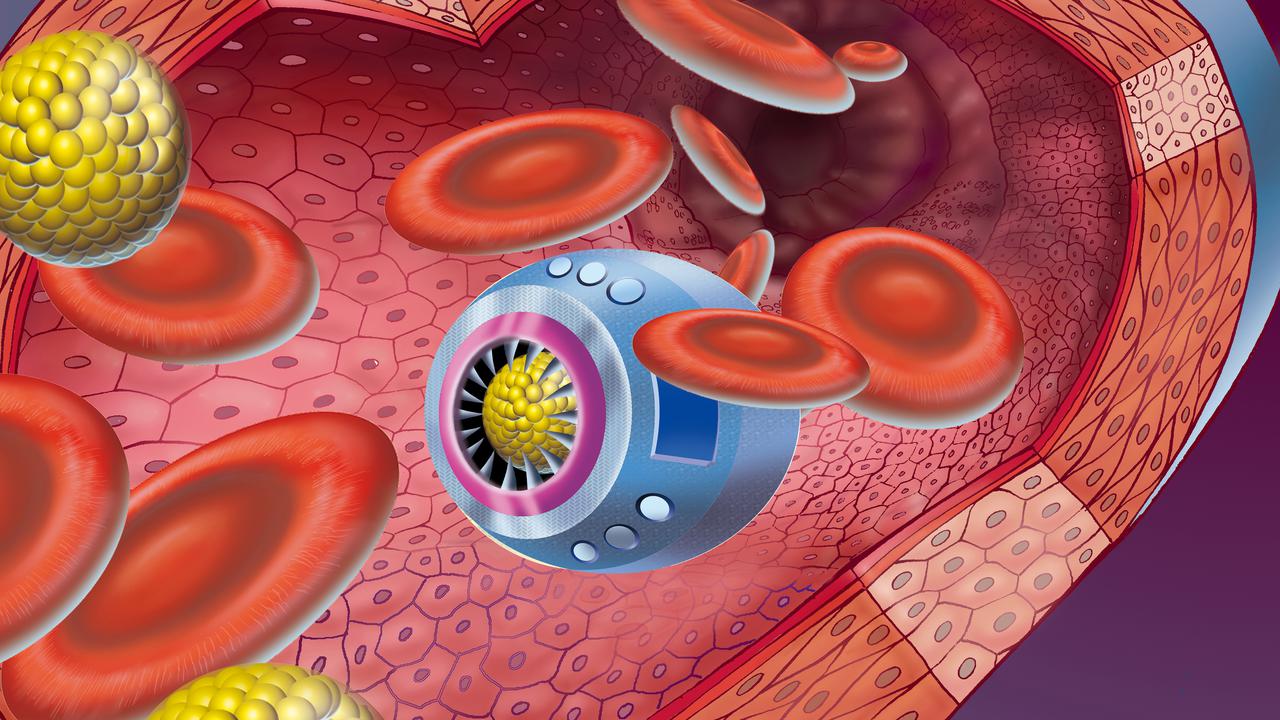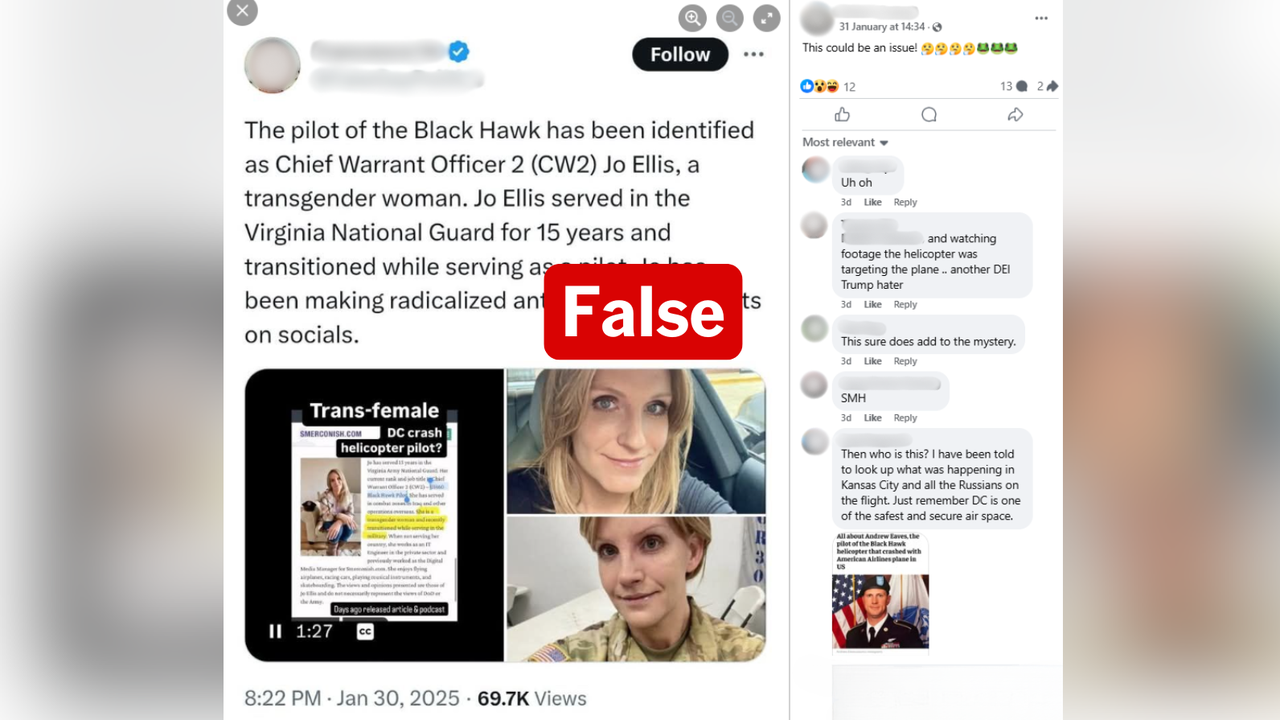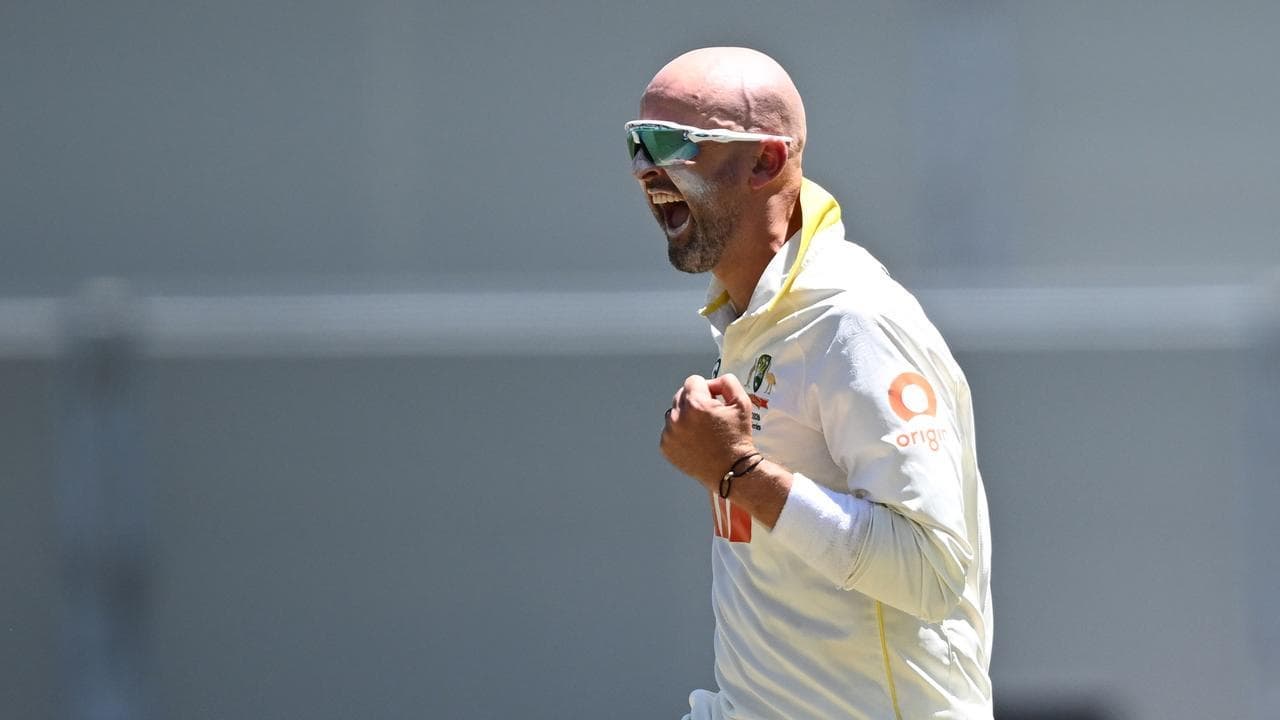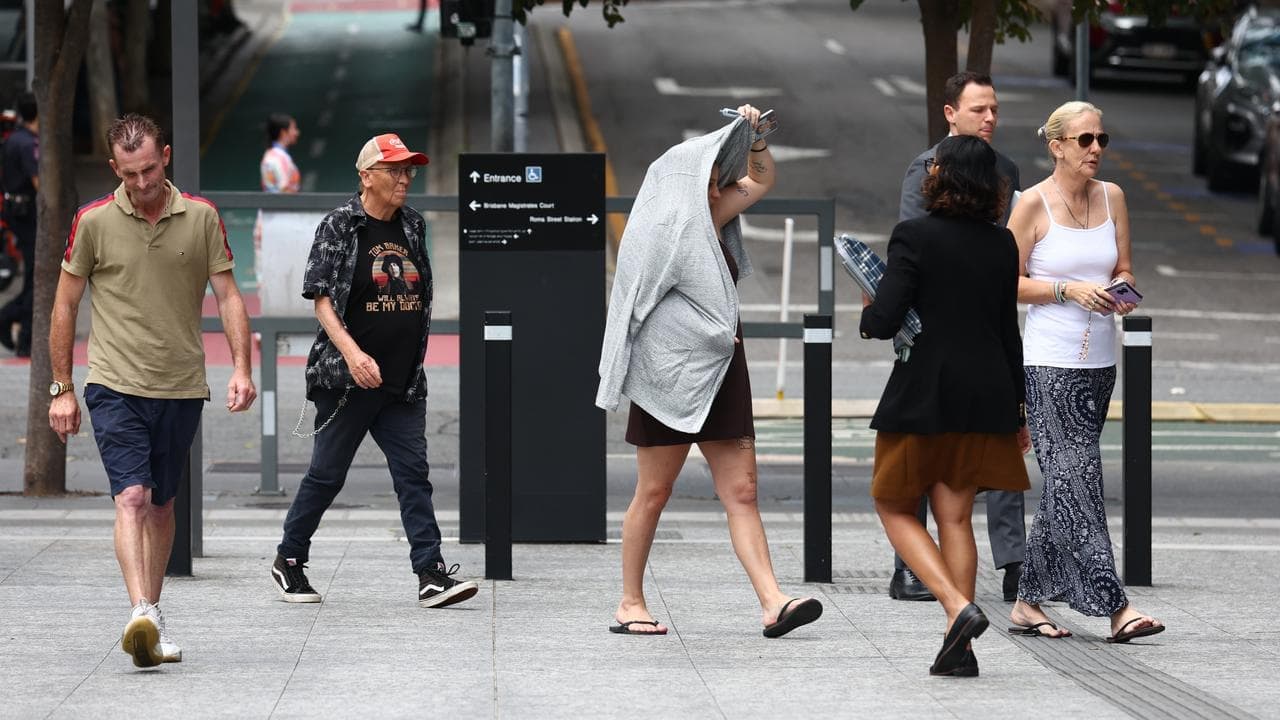WHAT WAS CLAIMED
COVID-19 vaccines contain microscopic, self-assembling electronic components.
OUR VERDICT
False. There is no evidence COVID-19 vaccines contain nanotechnology.
A New Zealand-based GP has claimed that COVID-19 vaccines contain "microscopic, self-assembling electronic components" during an anti-mandate protest at Parliament House in Wellington.
But the claim is not true. There are no such components listed in the ingredients of Pfizer's COVID vaccine published by NZ's regulatory body, Medsafe. Virology and immunology experts described the claim as an "outright fantasy" and "utterly ridiculous".
A video of Dr Matt Shelton's speech generated thousands of interactions on social media since the protest on February 18. Facebook accounts used the video to claim "proof of nanotechnology in the shots" and "irrefutable evidence" of the "biggest crime in history" while calling for people to detox to "get these unwanted heavy metals and free radicals out of our bodies".
In the video, Dr Shelton says: "The shots do contain microscopic, self-assembling electronic components ... circuits, geometry, regular shapes that never appear in nature" (video mark 1 min).
The video features an image of a purported circuit and is captioned: "Found in the Pfizer Comirnaty 'vaccine' that is being injected into people in New Zealand". A post next to the video includes a web link titled, "Undeclared Nanotech in the Pfizer Shots, Have New Zealand Scientists Also Found It?"
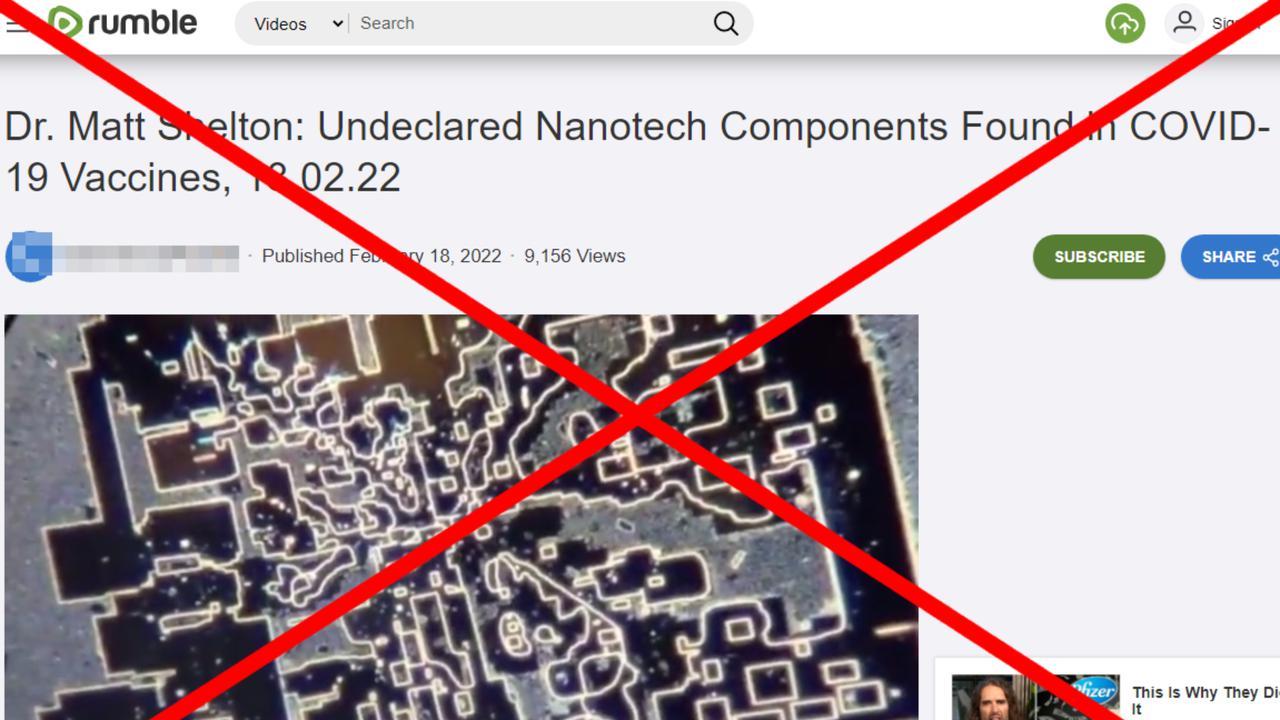
Dr Shelton came to media attention in July 2021 for his anti-vaccine comments. In December, the Medical Council of New Zealand announced his interim suspension along with two other doctors while investigating his conduct related to COVID.
The Medical Council told AAP FactCheck in a statement that Dr Shelton's suspension still stands, pending the investigation and appeal, which was being heard at the time of publication.
AAP FactCheck contacted Pfizer about Dr Shelton's claim and was referred to the data sheet pubslished by Medsafe. There are no electronic components listed among the ingredients.
Pfizer/BioNTech was NZ's only COVID vaccine until last year and is the Ministry of Health's preference. The ministry has also purchased doses of the AstraZeneca, Janssen and Novavax vaccines.
Experts told AAP FactCheck that Dr Shelton's claims about nanotechnology in vaccines are false and fanciful.
Kylie Quinn, from RMIT's School of Health and Biomedical Sciences, says COVID vaccine ingredients are available on government websites and many international independent bodies, which batch test them to confirm their contents.
"There are no electronic components in them at all," Dr Quinn told AAP FactCheck in an email.
"The Pfizer vaccine is basically salty water with floating particles made of fats (known as 'lipids') containing delicate strands of mRNA, which is a very common molecule in our bodies."
Dr Quinn said advanced forms of microscopy were required to look at the outside of lipid nanoparticles, let alone their contents.
"It would be challenging if not impossible for Dr Shelton to directly look at the contents of the particles formed by these lipids with a microscope, precisely because their tiny size places them in the 'nano' range. They are about 60-100 times smaller than a white blood cell, so (they) could appear as tiny dots on a normal microscope."
Associate Professor Keith Chappell of the University of Queensland's School of Chemistry and Molecular Biosciences, said Dr Shelton's claim was "utterly ridiculous".
"The mRNA vaccines contain nanoparticles, but these are composed of lipid and cholesterol molecules," he told AAP FactCheck in an email. "These are more similar to microscopic fat droplets that deliver the vaccine into cells. These are definitely not electronic components and the claim makes no sense on any level."
Professor David Tscharke, from Australian National University's College of Health and Medicine, said Dr Shelton's claim was an attempt to rationalise the "old microchip-in-the-vaccine idea", which has been debunked by AAP FactCheck and Australia's Health Department.
"First, we know what's in the vaccine and teeny tiny electronic stuff is not," Prof Tscharke said in an email.
"Second, no one has made anything that small that functions in any way electronically. Third, if he's talking nanoparticles, he would need a very powerful electron microscope just to see them, let alone see enough detail to know they had circuits."
NZ's Ministry of Health told AAP FactCheck in an email they were "aware of misinformation and disinformation around the efficacy of the vaccine" and urged people to use trusted sources for information on the coronavirus.
Similar claims about nanotechnology and COVID vaccines have been debunked here and here.
The Verdict
COVID-19 vaccines do not contain electronic components and they are not listed in Pfizer's vaccine ingredients. New Zealand's Ministry of Health and experts in virology and immunology rejected Dr Shelton's claim and said COVID vaccines are carefully tested and regulated for safety, quality and accuracy of their contents.
False - The claim is inaccurate.
AAP FactCheck is an accredited member of the International Fact-Checking Network. To keep up with our latest fact checks, follow us on Facebook, Twitter and Instagram.
